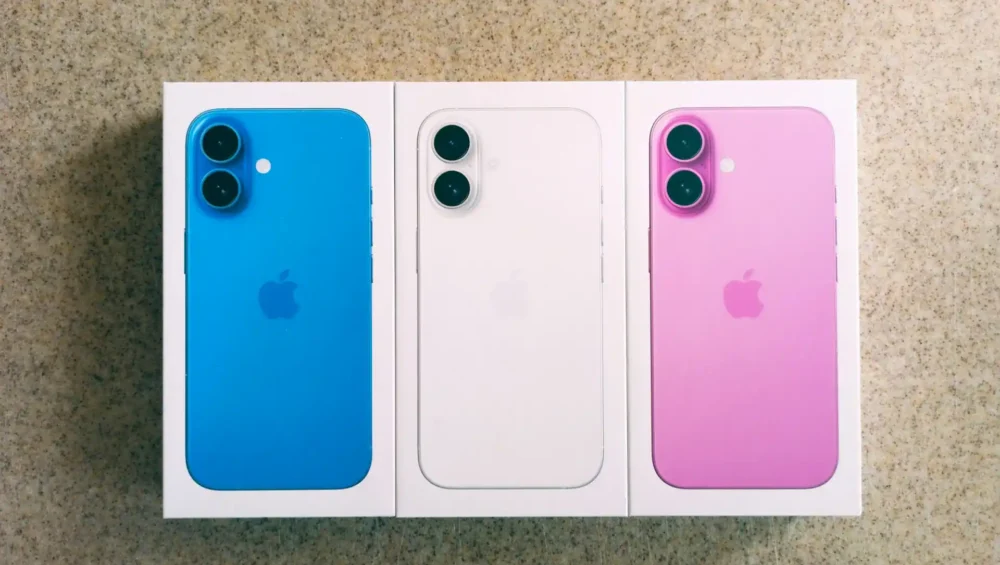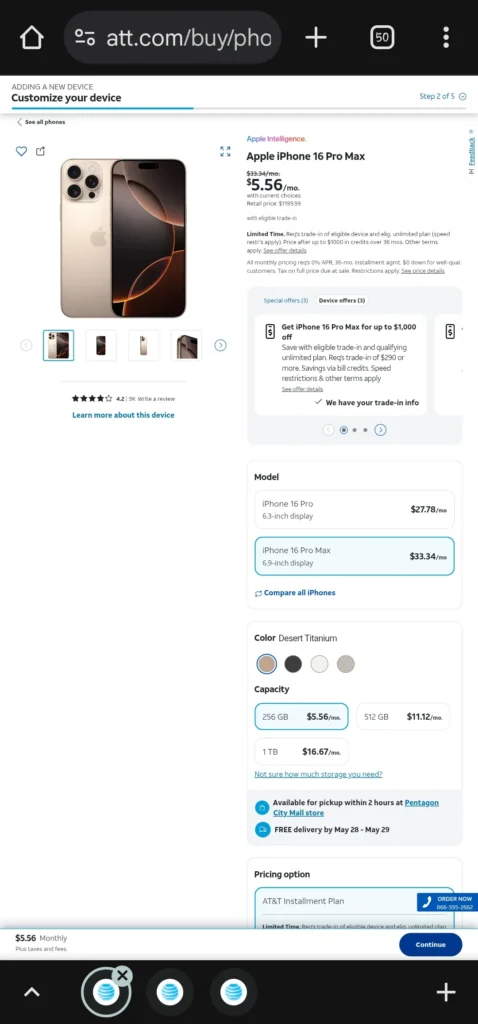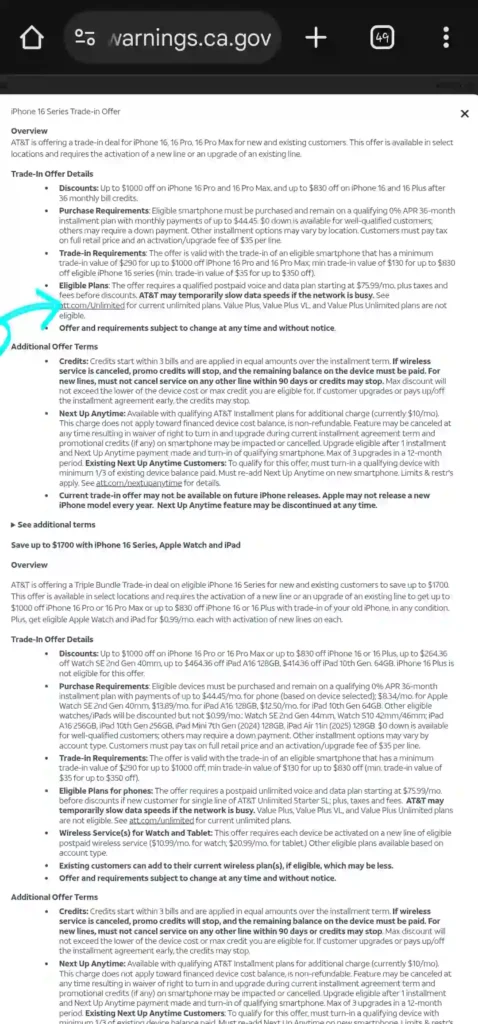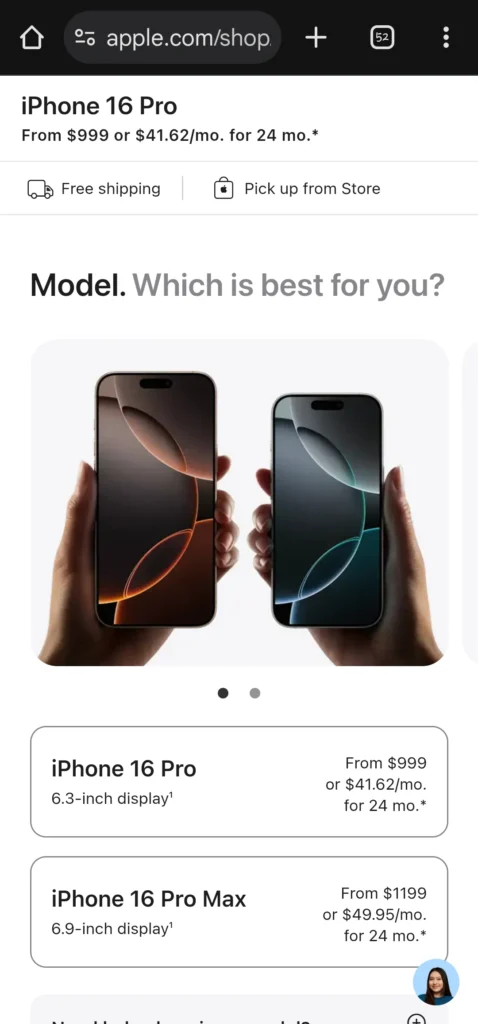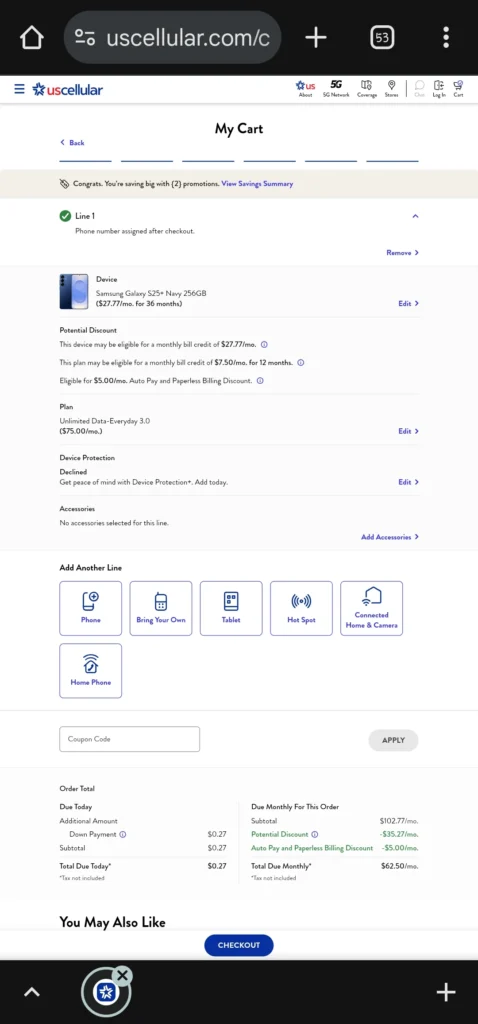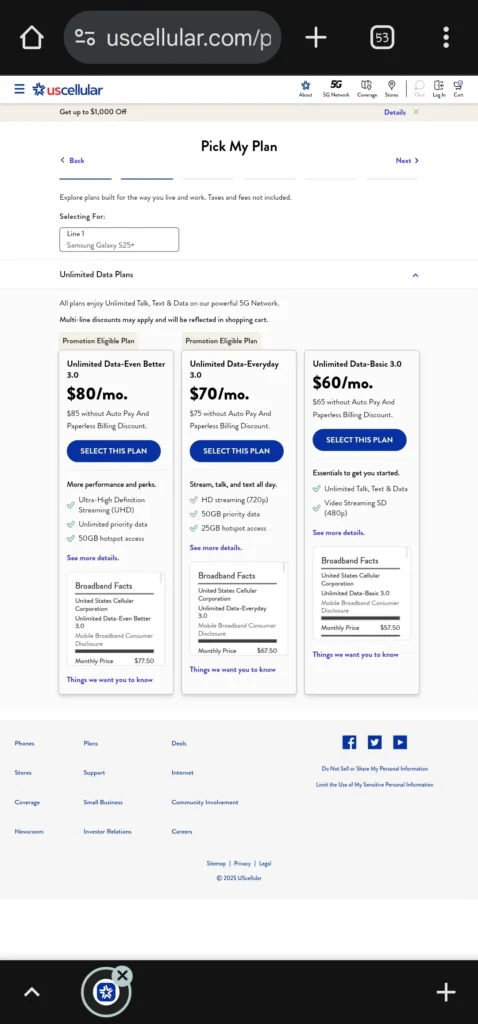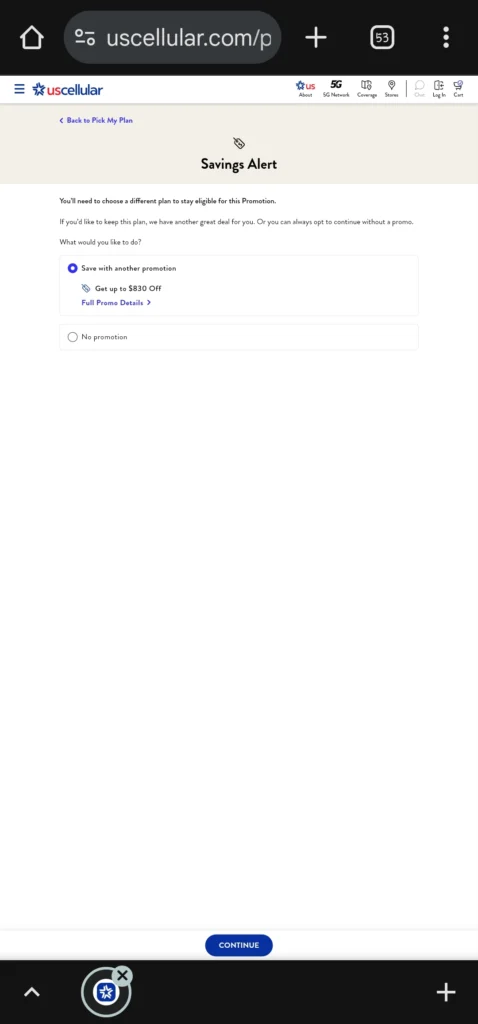How Carriers Pay So Much for Your Phone Trade-In: Hidden Costs of Carrier Trade-In Deals Revealed
Have you ever looked at a carrier phone deal that advertises an unbelievably low monthly cost and wondered how they’re able to pay so much for your old phone while giving you a brand-new one?
Well, we have, so we decided to dig deeper to understand how such deals are profitable for cell phone carriers, the hidden costs of those deals, and finally find out if those deals actually give you more value than buying from the phone’s manufacturer or other smartphone stores.
The results? Shocking, to say the least.
How Carrier Phone Trade-In Deals Actually Work
These deals give consumers the option to trade in their old device and then apply the value of their trade-in towards the purchase of a new device.
Depending on the promotion and model you want to upgrade to, the carrier usually sets a minimum trade-in value as an eligibility criterion.
By doing this, carriers can heavily discount the selling price of new phones.
Take, for example, this AT&T deal for the iPhone 16 Pro Max. With an eligible trade-in device of $290 or more, your iPhone 16 Pro Max deal drops from $33.34/mo to $5.56/mo for 36 months. That means over the course of 36 months, you’ll only pay $200.16 for an iPhone 16 Pro Max!
Incredible deal, right?
Actually, NO.
Let’s start with the first issue, the trade-in offers.
Low Trade-In Offers
The AT&T deal, like in the example above, offers $1000 off the iPhone 16 Pro Max if you trade in an eligible device that’s worth at least $290.
At first glance, this seems like a killer deal, but when you examine the trade-in value of the phone you’re trading in, you notice the lowball offer. For example, if you’re trading in a 128GB Apple iPhone 14 Pro Max in good condition, you’ll only get about $300 at most. Whereas if you trade it in with a cell phone buyback company SmartphonesPLUS.com, you can get paid almost $400. This is about a 30% difference that the carrier is pocketing.
So, from the get-go, you’re already losing money by trading in your current phone below its worth. Ideally, you should compare trade-in offers from carriers and phone buyback companies to see who offers the best value for your old phone.
You might think that the sweet deal on the iPhone 16 Pro Max more than makes up for the loss, but that’s far from it. You’ll understand the deeper we go into this article.
Now, moving on to the second issue.
Mandatory Data Plans
Here’s the fine print for the AT&T iPhone 16 Pro Max Plan.
As you’ll notice in the 4th bullet point (the Eligible Plans), the only eligible voice and data plan starts at $75.99 per month for 36 months. And it’s mandatory, meaning you can’t choose or switch to a cheaper plan.
The plan alone adds up to $2,735 after 36 months!
Hidden Fees and Taxes
Of course, there are hidden fees. There’s a $35 one-time activation fee. And lastly, $84 in sales tax.
Total Fees Over 36 Months
Let’s add everything up!
Total over 36 months:
Phone payments = $5.56 × 36 = $200.16
Plan payments = $75.99 × 36 = $2,735.64
Activation fee = $35
Taxes on the phone = $84
Grand total: $200.16 + $2,735.64 + $35 + $84 = $3,054.80
By going for this offer, you’re committing to spending $3,054.80 over the next 36 months (3 years).
Let’s compare this to simply buying the iPhone 16 Pro Max from Apple.
Buying from Apple vs. Buying from a Carrier
As you can see, financing your phone from Apple will cost you $49.95/month for 24 months.
Then you can get a plan from AT&T for $25/month.
If you’re willing to go for a smaller service provider or MVNO, you can get a similar plan at the same or even lower cost.
How Much You’ll Save
Let’s do the math: $49.95 for 24 months = $1,198.80 + $71.40 in sales tax + $25.00 for a mobile plan for 36 months; comes out to a grand total of $2,170.20 over a 36-month period.
This means you’ll save $884.60 over the same 36 months.
Listen, it’s not just about what you’re paying, it’s what else you could’ve done with the $884.60 you saved by avoiding the carrier deal; bought a decent laptop, gone on a trip, or invested it to earn a return on your cash.
What About Other Carriers?
So, let’s take a look at a deal from a different carrier on a different device brand: US Cellular and their Samsung S25+ deal.
US Cellular offers a $1000-off promotion for the Samsung Galaxy S25+. Which is a device that only costs $999 to begin with. This clearly seems too good to be true.
To qualify for the deal, you have to trade in an eligible device worth at least $75.
Then, to remain qualified for the promotion, you have to select an unlimited plan from the options they present. The lowest plan is $65/month. When you try to select the cheaper plan, it doesn’t allow you to continue with the promotion as you’ll see in the screenshots below.
The resulting monthly payment is $62.50, with no add-ons.
In 36 months that rounds up to $2,250 with tax not included. All for a device that only costs $999 upfront.
Financing brand new from Samsung.com costs $41.67/ month for 24 months, which equals $1,000.08 over the term. This saves you over $1,240.
Lastly, there’s a much better choice than even buying from the manufacturer, which is buying a refurbished phone from a store like SmartphonesPLUS. You get the same phone, with the same performance, for significantly less than the original price while contributing to a more sustainable future.
Other Downsides of Carrier Trade-in Deals
You Get a Locked Phone
Locked phones are devices that can only be used on a single network carrier. If a device is locked to AT&T, it can only be used on their network.
Unlocked phones are the opposite of locked devices; they can be used on any network anywhere in the world. This makes them more valuable and attractive, especially for frequent travelers or if you want to switch carriers.
Carriers only sell locked phones through these deals. And different carriers have different methods to unlock a locked phone.
More Hidden Costs
Many people get lured into deals like AT&T’s, only to later discover that switching phones means paying a huge sum to pay off the remaining balance and break free from the contract.
If they had financed directly through Apple instead, the payoff amount would be much lower. Plus, there’s no carrier lock-in and no loss of promotional bill credits.
Ditch the Carrier Deal: Do This Instead
Instead of going to AT&T, go to an online phone trade-in company like SmartphonesPLUS and trade in your iPhone 14 Pro for up to $411 (as of 7/18/25).
The best part is that SmartphonesPLUS pays customers via bank transfer, Venmo, and more instead of store credit. And the process is as smooth as can be.
You can then go to Apple.com and finance your new iPhone 16 Pro Max, knowing almost half the cost is already taken care of.
This way, paying for your new phone is much easier and less of a financial burden.
But wait! It can get even better!
Buying a Refurbished Phone Is a Cheat Code
Instead of going to Apple.com to buy a brand-new iPhone 16 Pro Max, you can instead go to the SmartphonesPLUS iPhone shop and buy a refurbished, flawless-condition iPhone 16 Pro Max that costs way less than the brand-new one while still looking and performing the same.
Bottom Line
Financing through carriers has always been a convenient option upfront, but when you look at the accumulated costs and the mandatory plans that many users may not need, it starts to make less sense, especially when there are alternative options that allow you to finance your purchase for less. Plus, other options like Apple.com or SmartphonesPLUS.com definitely offer better value over the long run.
Frequently Asked Questions Hidden Costs of Carrier Trade-In Deals
Why do cell phone carriers want trade-ins?
Old phones still have value and the carriers know it. Accepting your trade-in helps them in two ways: First, it locks you into their service. Once you give up your old phone, you’re stuck using the new one you financed through them, which is usually locked to their network for a set period. Second, they make extra money by selling your old phone to a third-party company that will refurbish and resell it.
How do phone carriers benefit from trade-ins?
They resell good phones, refurbish others, and recycle the rest for parts. Plus, trade-in deals keep you on their network longer through installment plans and contracts, helping them recoup any loss caused by the trade-in promotion.
What do carriers do with old trade-in phones?
Good phones are refurbished and resold. Older ones are often sold in bulk overseas. Broken phones are usually sold to phone refurbishers and eventually resold as well.
How is phone trade-in value determined?
Phone trade-in value is determined by its make, model, age, and storage, alongside its physical and functional condition (e.g., screen damage, battery health, etc.). Market demand, new model releases, and whether it’s unlocked also heavily influence the price.

